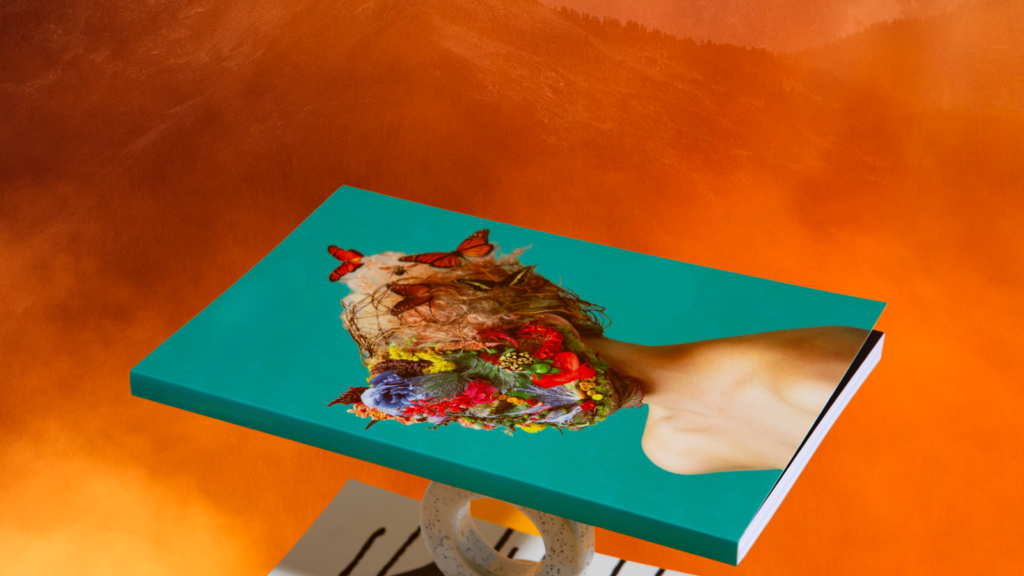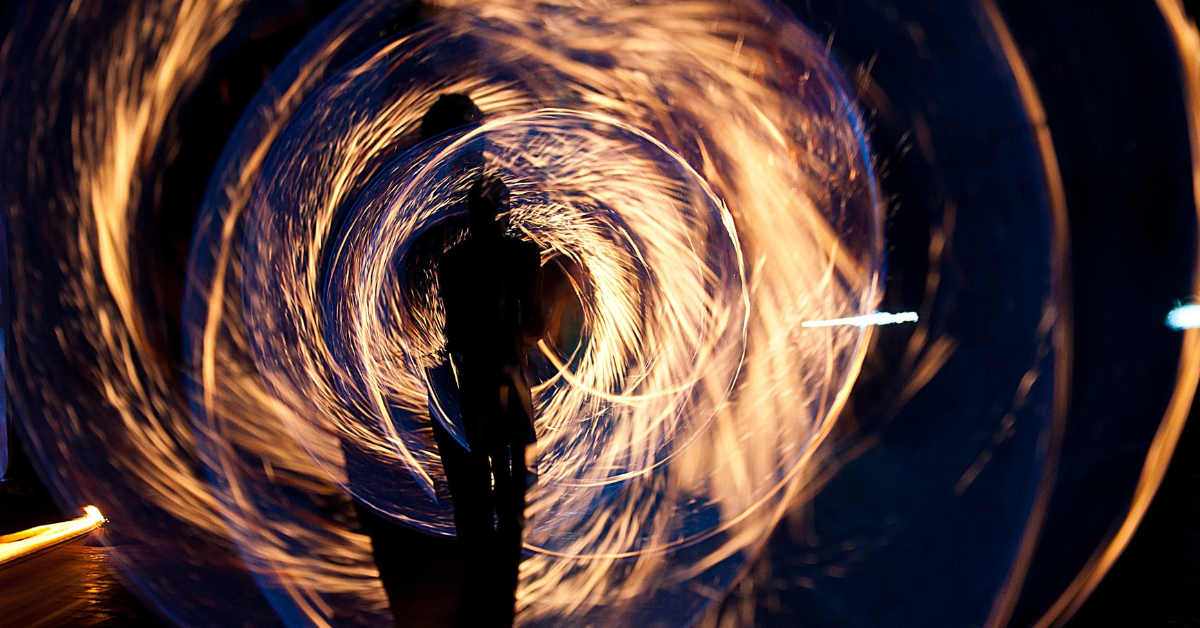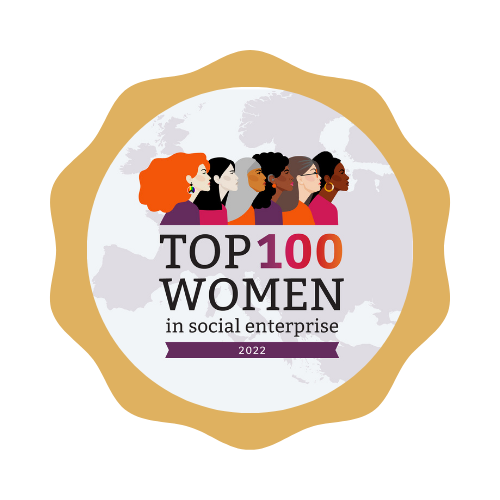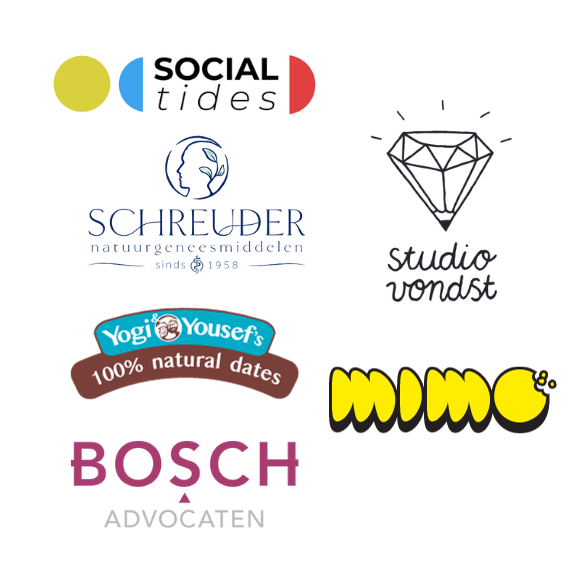
What is a brand archetype? Think of it as an identity form - a container with a defined theme, character, behaviour: an old-school algorithm for stories and narratives. In branding, the following twelve basic archetypes are commonly used: caregiver, creator, everyman, explorer, hero, innocent, jester, lover, magician, rebel, sage, and ruler.
Let’s see how an archetype works using a caregiver example. Caregiver displays the following traits of character: altruism, compassion, patience, empathy. Caregiver motifs are to provide reassurance and support the well-being of others using relevant superpowers: patience, efficiency, the ability to multi-task, keeping cool in a crisis. A caregiver is gifted with lightness, optimism and can easily bond with people. Caregiver feels challenged by instability and struggles with saying no. You can see how this model can be helpful to brands – it helps structure the brand identity and give it a spine. Before we’ll get to how archetypes can help or harm our brands – let’s get one thing straight:
1. Archetypes do not belong to brands. They belong to humankind. Brands only borrow from archetypes.
Wait… what? Let’s first look at this definition of an archetype:
Archetype is “a symbol, theme, setting, or character-type that recurs in different times and places in myth, literature, folklore, dreams, and rituals so frequently or prominently as to suggest that it embodies some essential element of ‘universal’ human experience” (Oxford dictionary of literary terms)
This definition tells us that archetypes contain pretty much everything we have ever produced across cultures, places and time nicely compressed into motifs and themes. It also tells us that despite being such an enormous library of knowledge – archetypes are simple enough to be relatable and understood by everyone. That’s the power of archetypes – they crack the code to understanding humankind. Again – super attractive to brands.
2. Archetypes are a shortcut to meaning. To be relatable and understandable archetypes are simple and easy to grasp.
Archetypes can elevate a regular event, a meaningless word, just a picture, or an unknown character into something that is important to us, something that has meaning. All of that through an easy, digestible story-like form. All these myths, books, folk tales, songs, rituals, symbols, tales, poems – that must be a hell of knowledge, right? How, on earth, did we manage to fit it into 12 boxes and why? In fact - we do have more than twelve archetypes (which can be helpful for brands). Why aren’t we using more of them? That’s a question we might shoot at brand architects filling the whole wide world with no more than twelve types of brands. As humankind, we are a diverse, complex organism. We owe it not only to our brands – but to ourselves – to strive for more than a legacy of a 12-pack. Archetypes can become your friend if seen in their variety & and foe when served straight from a pre-packed box. Brands – like humans need depth and nuance to stand out.
3. Archetypes, much like rock formations, are built of layers. Just like geologists – we should look into those layers and see what we can find.
Sounds like a lot of work. Can’t we just get straight to it? That is exactly what tempted the advertising masterminds when they realized how powerful archetypes are. Suddenly – a bottle of soda, a shoe or a bar of soap could become something else entirely. That soda could be the symbol of freedom fighting, a shoe could become an expression of creativity, and a soaping moment could be the way you rebel against the establishment. Before the Mad Men, we had Jung. Before him, there was Freud. Before that - we had poets, painters, chroniclers, scribes, and travelling griots. All of them were like the storytelling MCs sampling from the library of archetypes. Yet, as we progressed in time our stories were flattened, pressed, compressed, simplified, squeezed and distilled to fit something that could be done fast and fuss-free. On the way there, we might have overlooked what was being pressed into those forms. Even more so – nobody asked if there is something we should change in the formula of archetypes.
4. As with all things made by humankind archetypes are prone to mistakes. Unlike some mistakes made by humankind – we can still fix archetypes.
Reading through archetypes should be like reading through labels. What is inside? Does it have any harmful ingredients? How was it made? Where? How? People have always craved shortcuts to understanding the world around them. In order to make it happen (and often completely unconsciously) – we use archetypes: heroic journeys, brave explorers, and proud rulers over strangers in faraway lands. Yet – do we consider how the core meaning of archetype changes over time? Do we consider how it is conditional? For example, when Freud and Jung brought archetypes to science, Western powers had just chopped up the African continent into a colonial sandwich. Slavery was only technically abolished as it merely rebranded to imperialism. All this was dressed in hero/explorer narratives and helped the West celebrate its Belle Epoque, while things were not looking so pretty in the rest of the world. Now – think of brands reusing those very same archetypes in modern times. A good question would be: who is in the wrong here - the archetype or the ones using it?
5. Archetypes are our mirrors. The closer and longer we look, the bigger the chance we’ll see something we don’t like. As with anything uncomfortable - we can face it or we can look away.
If left unchecked, if not properly examined – archetypes can inject your brand with harmful narratives and old thinking full of stereotypes. It is not really that weird if you think that archetypes are as old as humankind and the last refresh of the model was done in the 19th century. What is weird, however, is that we’d use them carelessly in our brands. They can be a friend if you see them as lines that need colouring with a living, breathing, unique brand identity that mirrors the outside and inside world with honesty. When honest and multidimensional - they can pump blood through your brand veins and make your brand alive. If thoughtlessly taken out of the box, they might make your brand into a lifeless mock-up, a skeleton, a storytelling Frankenstein.
6. Much like unconscious bias – archetypes can serve faulty judgments rooted in prior experiences or old (and not always that great) thought patterns, assumptions or interpretations. A way out? Address it and examine the narratives of your brand.
Nine out of ten people hear ‘hero’ and see a guy. Yet, only a few see a guy when they think of the caregiver type. Till today, when we proudly ‘explore’ the world we tend to think that it is our ‘right’ to do so because we fear … boredom and reality. How about the sovereign/ruler vs everyMAN: special rights being passed by blood vs. the rest of us being commoners, masses without a name and anything special about us? Do we want this in our brands? Although we don’t seem to be able to escape our own self-portrait locked in the archetype box – we sure owe it to ourselves (and our brands) to at least try to change and do better next time.
7. Archetypes are alive – so is our story as humankind. Out-of-the-box thinking is essential when it comes to brand-building with archetypes. So is the never-ending curiosity about how the world around us looks, tastes and sounds.
Moving forward we’ll need to redefine a collective picture of humankind. We’ll need archetypes to keep things simple and unite us. On the other hand – we’ll need to dig deeper into the nuances of archetypes’ meanings to encourage diversity. To make it happen we’ll need the mediation of storytelling and collective narratives. In today’s world brands are the medium to do that. In order to do this right, we’ll need citizens, not servants, we’ll need to back our dreamers with engineers and scientists. We’ll need the new heroes to get real. We’ll need rebels to smartly challenge the old and say: enough is enough; creators to paint a win-win world for us, and innocents to take us there with a limitless belief of a young child. We need archetypes as much as we need conscious efforts of brand makers to push their borders to evolve with the world around us.
Humanity is coded in archetypes. We need to tap into the better side of what constitutes us as humans to fix the archetypes, to clean their code from bugs. Human brands can help us do just that. When used for the right reasons and in the right way: archetypes truly are brands' best friends. If left unchecked or used to manipulate – they make brands walk in circles of our mistakes. When those mistakes, automatically (and often unconsciously) coded into your comms are called out – it will not be the archetype that is a foe here, it might be your brand. If we want humankind to change and if we want human brands to help, it would be insane, as one physicist said, to keep on doing the same thing over and over and expect different results.





